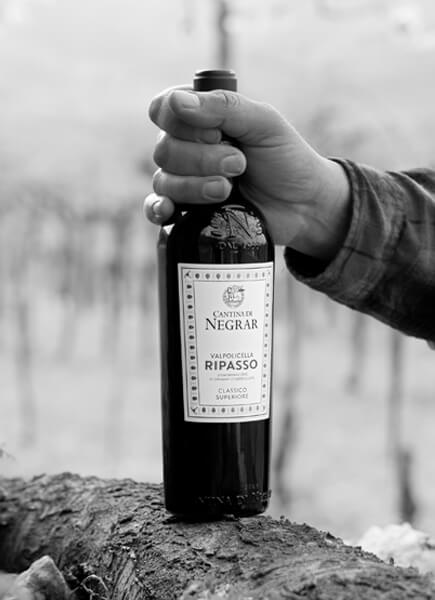KNOW-HOW, CARE
AND RESPECT FOR TIME:
Appassimento
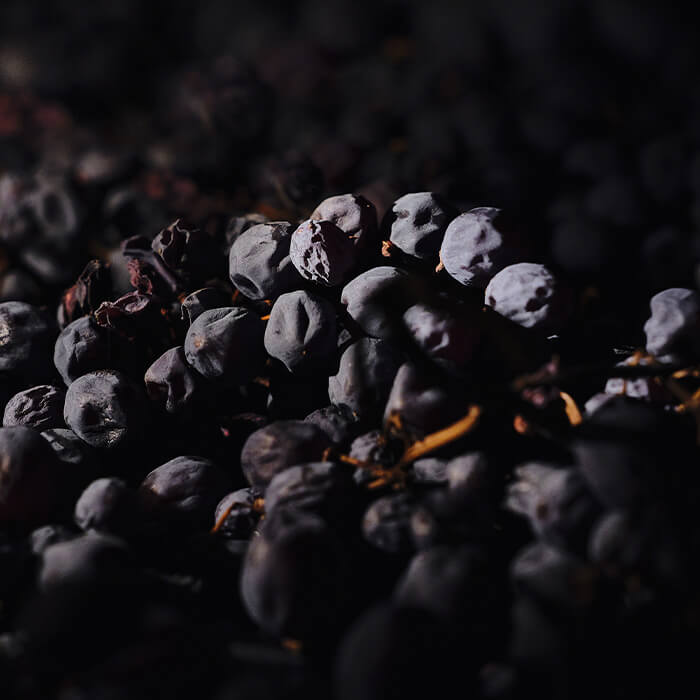
IT IS NOT DRYING,
IT IS THE EVOLUTION OF THE GRAPES
WHICH, WHEN SET ASIDE TO REST,
CONTINUE TO BREATHE
THE PRIVILEGE OF
GREAT RESPONSIBILITY
THE PRIVILEGE OF GREAT RESPONSIBILITY
Each year we are entrusted with over 30,000 quintals (3 million kg) of the main native grape varieties to carry out the Appassimento process. This makes Cantina Valpolicella Negrar the largest custodian of grapes from the Valpolicella Classica area destined for the production of Amarone.
Each varietal possesses specific qualities that only the great connoisseurs of the land and its raw materials are capable of valorising.
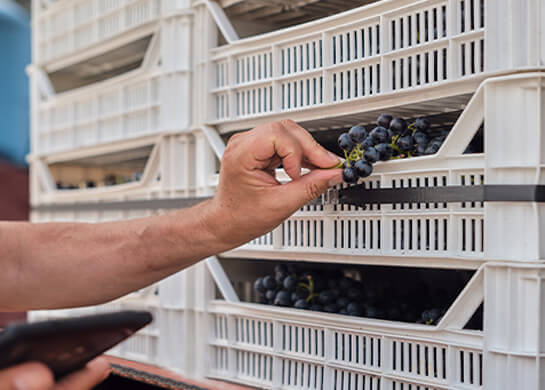
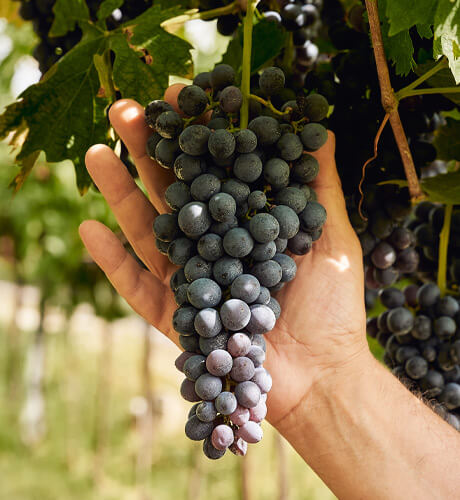
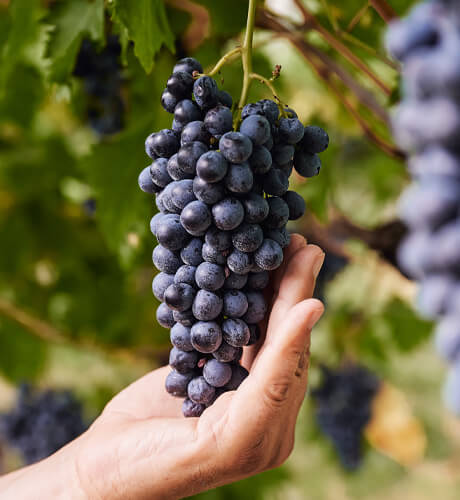
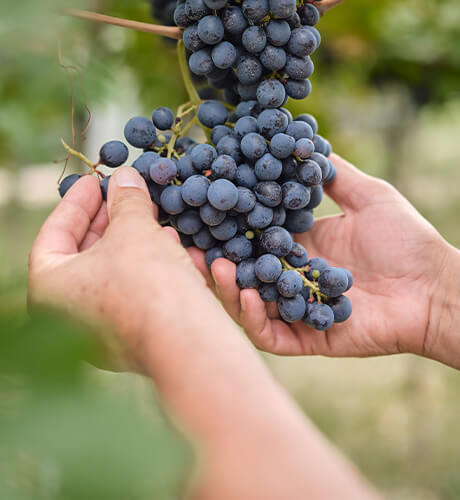
Body
Structure
Colour
Longevity
Hardiness
Colour
Qualitative
constancy
Body
Spicy
aromas
AN ELISIR
OF LONG LIFE
Appassimento is a complex process: it involves a delicate balance of environmental factors and careful and constant evaluation of the smallest evolutions inside the grapes that are set aside to rest. This phase significantly prolongs the gestation period of wines such as Amarone and Recioto which, wholly devoid of a sense of urgency, embody the virtues of patience and longevity.
The special bond and the in-depth knowledge we have of this historical technique (currently a candidate for UNESCO Intangible Heritage status) makes Cantina Valpolicella Negrar a benchmark producer in Italian and international winemaking in the field of Appassimento.
THE HARVEST
FOR APPASSIMENTO
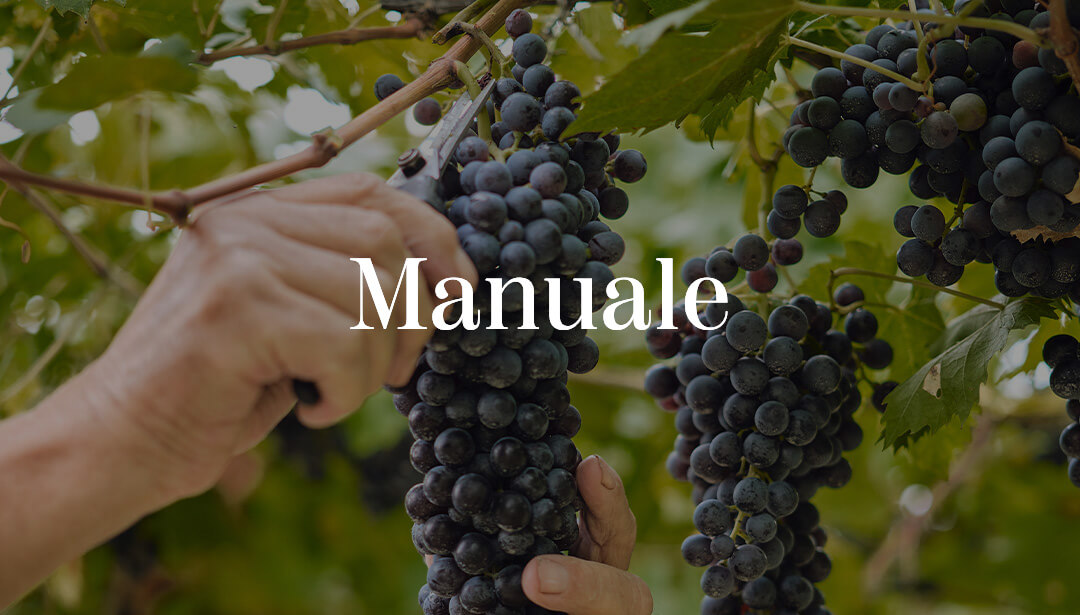
Manual harvesting in crates allows for careful evaluation of the quality of the grapes, imposing the utmost care both in handling the bunches and placing them in the crates. The integrity of each single berry is ensured by gentle handling at every stage. It also limits heavy vehicle access to the vineyards, minimising emissions and avoiding soil compaction, which instead remains ‘able to breathe’. Finally, it creates a special physical and empathetic relationship between man and plant.
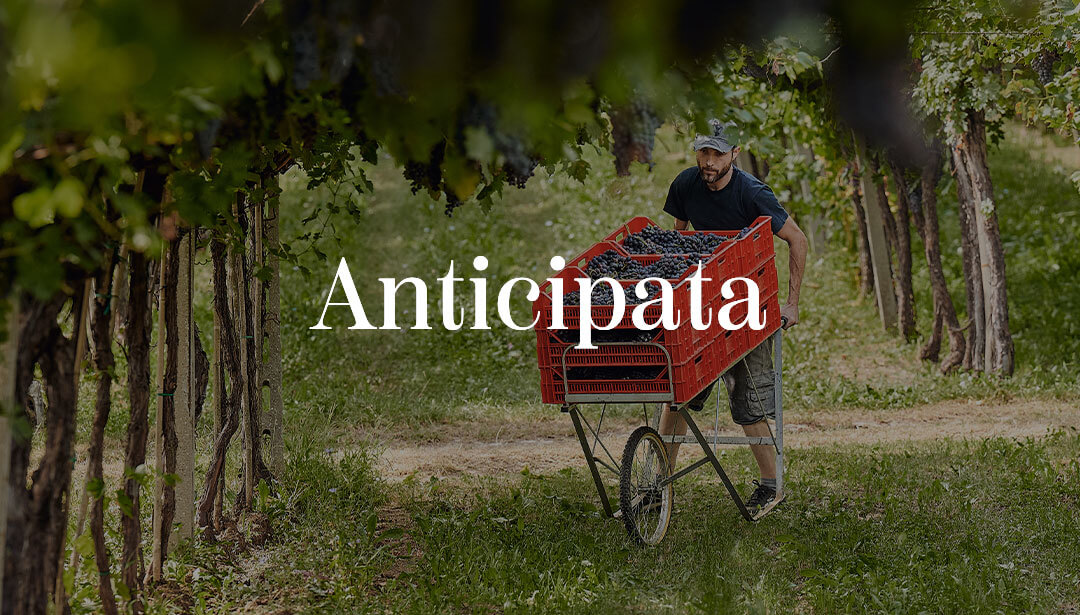
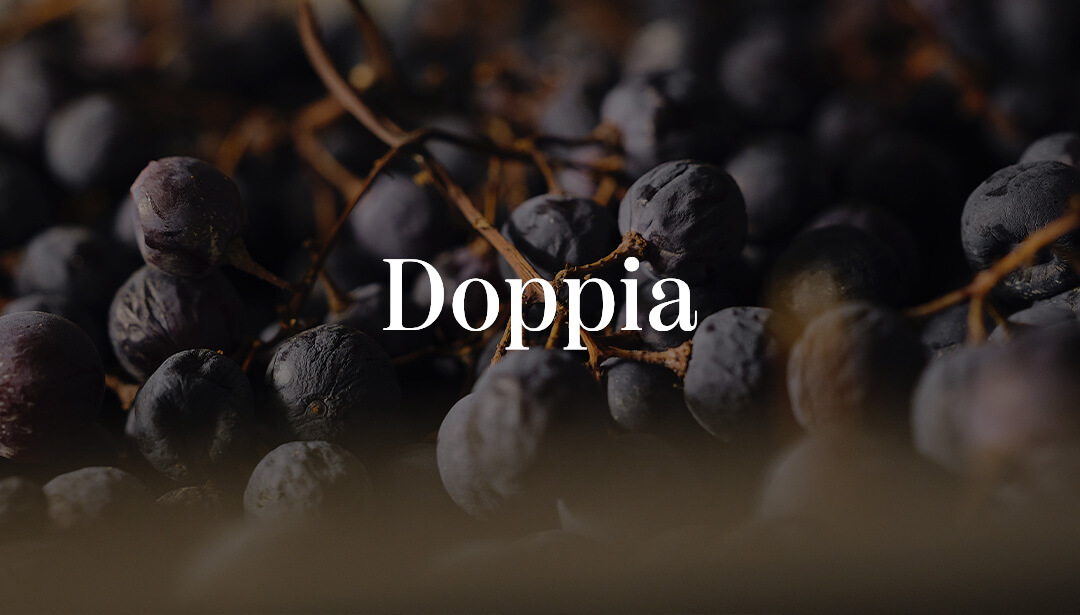

Compared to a traditional harvest, the harvesting of grapes destined for Appassimento requires in-depth training of the team of harvesters, with respect to the individual varieties, the selection criteria and the harvesting methods. This heritage of knowledge and manual dexterity is passed down from generation to generation, creating specialised professionals.

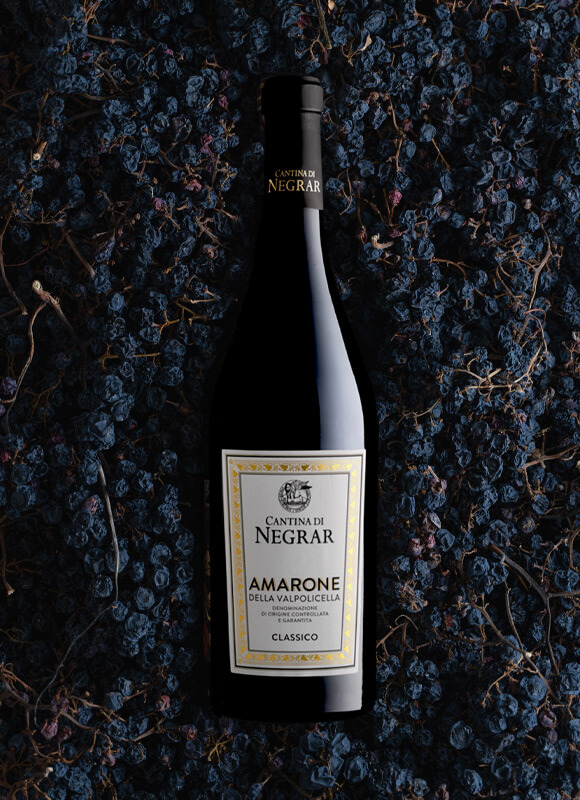
For us, Appassimento
is the accompaniment
of a natural process in
which we are involved
as attentive and caring
custodians.
THE APPASSIMENTO TECHNIQUE
UNDERPINS THE WINES OF
VALPOLICELLA
THE SYMBOL OF A WINEGROWING REGION
AMARONE
It is a dry or ‘bitter’ wine that is unique in the world, crafted with 100% native grapes that have been raisined. Recognisable and absolutely original, it is among the most iconic products of the Valpolicella and of Italy’s entire winemaking tradition, a true sublimation of the Appassimento process.
It emerged, commercially, in the 1930s, within the walls of Cantina Valpolicella Negrar and has built its success via a lengthy journey of liberation from Recioto, the ‘sweet and noble forefather’ of Amarone, becoming one of Italy’s great wine appellations.
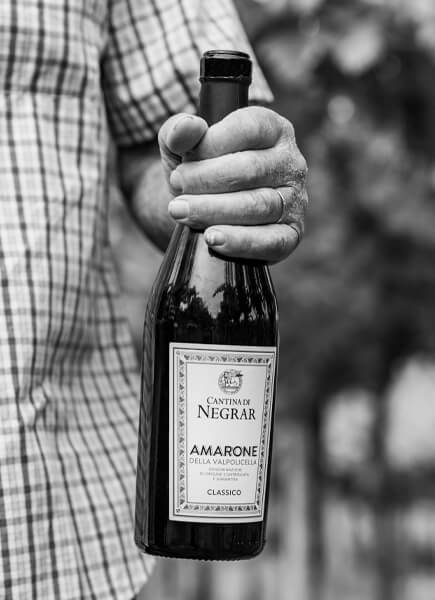
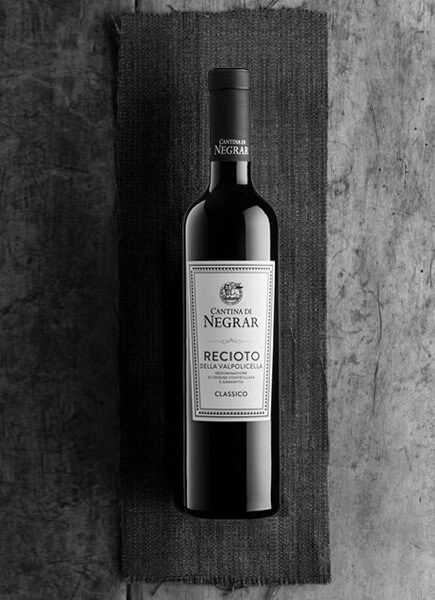
FROM THE ANCIENT ROMANS TO THE PRESENT DAY
RECIOTO
This is Valpolicella’s most ancient wine and can be traced back to the ‘Rhaetic’ wine that was much declaimed by Latin poets and was particularly dear to the Veronese and to the area of Negrar di Valpolicella.
Obtained from the ‘ears’ – rece in Veronese dialect – of the noblest bunches, it is the result of the raisining of the grapes in the drying facility and of lengthy ageing.
RE-USING PAR EXCELLENCE
RIPASSO
A way of creating value, this time by harnessing the marc that is left behind after making Amarone and Recioto.
This is a technique that starts from a concept of optimising the use of raw materials, of re-using them. Everything revolves around a second fermentation of fresh wine, Valpolicella, that is ‘re-passed’ over the marc, which is still rich in sugars.
The ingenious intuition of an entire territory, the method goes beyond the tradition of rigovernato or Governo wine, which are produced with a portion of must from raisined grapes, providing Valpolicella and Italy with a new red wine capable of winning acclaim all over the world.
